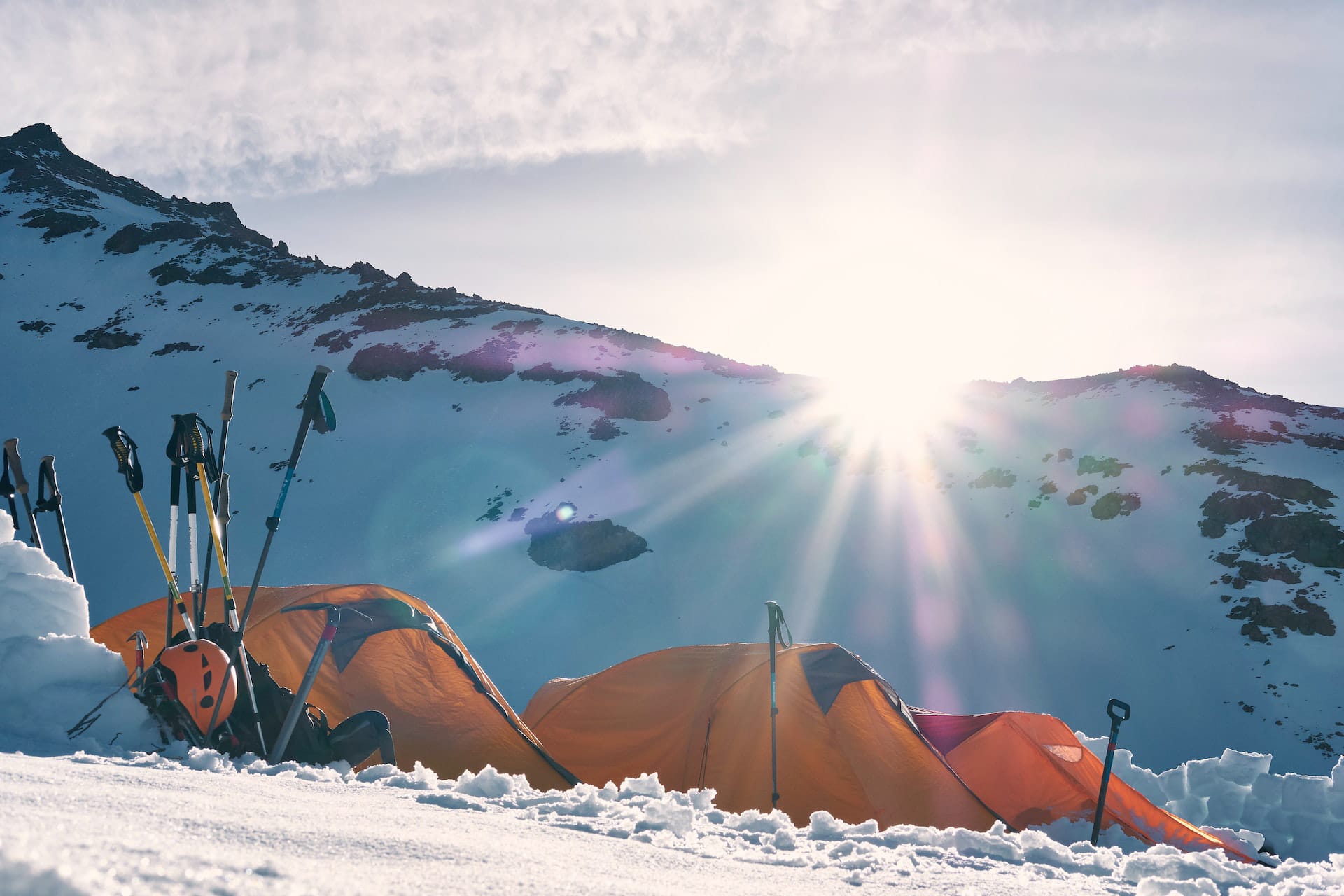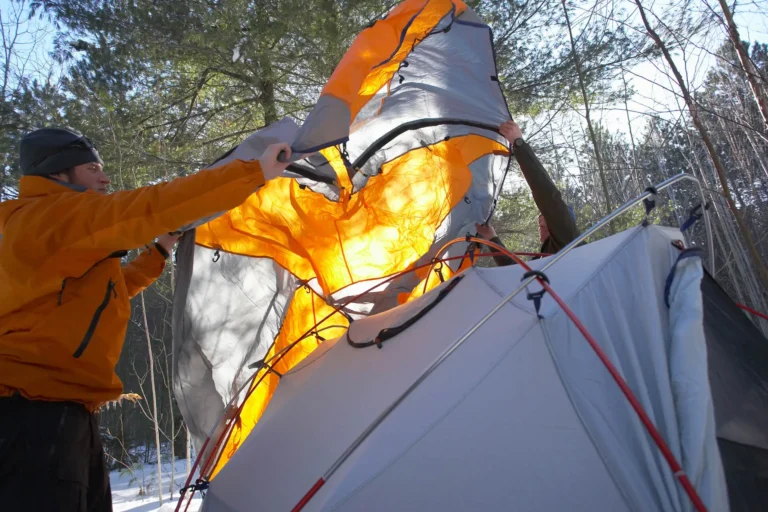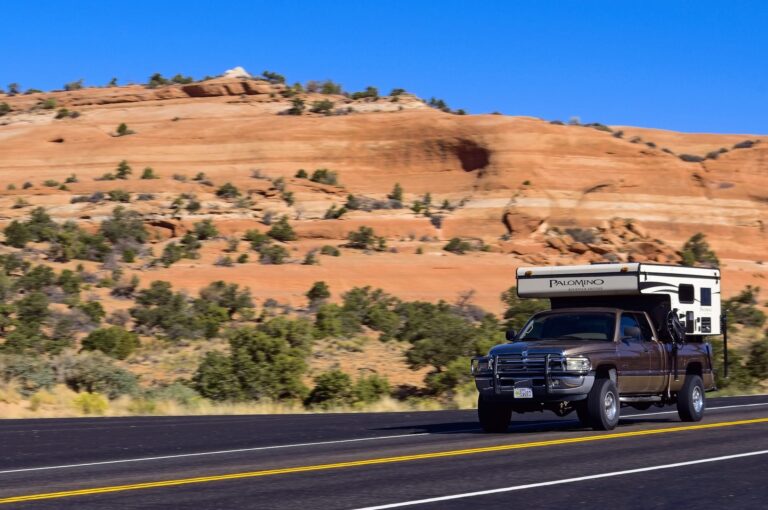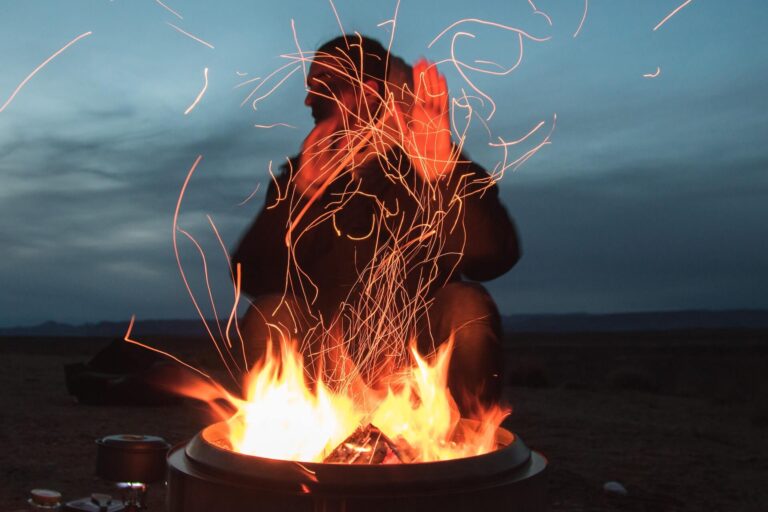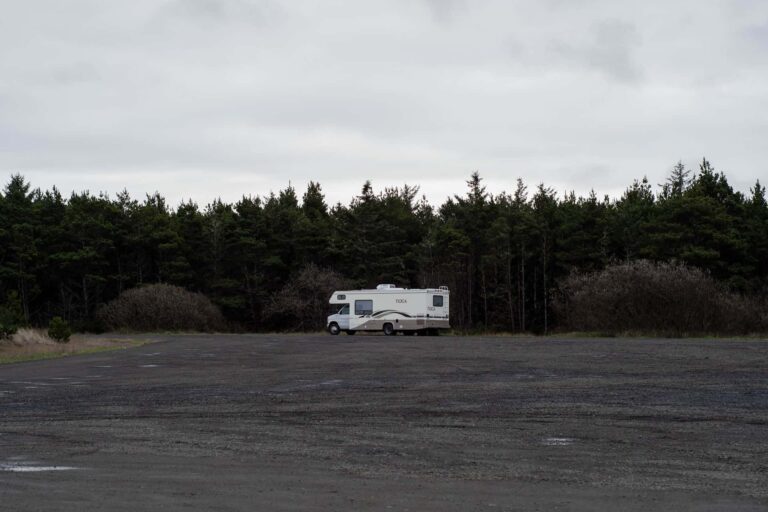The Best Insulated Tent & How to Insulate a Tent for Camping
A comfortable night’s sleep is important when camping, you don’t want to wake up freezing in the middle of the night! Insulating your tent is an excellent way to stay warm in the winter and cool in the summer.
This guide will give you the tips you need to insulate your tent, from adding extra layers of fabric to using specific types of insulation. We will also discuss how to insulate your tent in both winter and summer conditions.
We will review the best-insulated tents on the market. We’ll compare the insulation of different brands and models to help you choose the best one for your camping needs.
When you’re done reading, you’ll be able to effectively insulate your tent for a comfortable and restful night’s sleep, no matter what the weather.
Related Post:The Best Guide To Winter Camping: Gear Lists, Tips And Tricks
What is insulated tent?
Unlike traditional tents, an insulated tent is a tent designed to keep you warm in cold weather and cool in hot weather. It is made of materials that trap air and prevent heat from escaping, such as synthetic or natural fibers, and sometimes includes special insulation or reflective coatings.
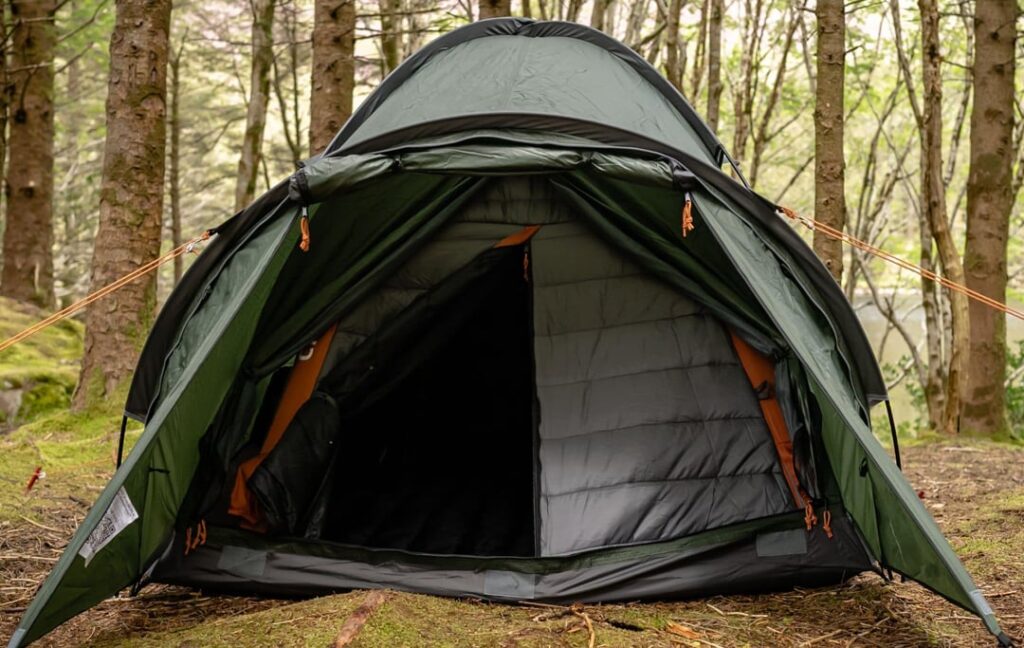
The main advantage of an insulated tent is that it can help regulate the temperature inside the tent, keeping you comfortable all night long.
While exact data on the temperature difference between insulated and standard tents may not be available, many manufacturers provide information on the temperature rating of their tents, which can be a useful reference point.
How do insulated tents work?
Insulated tents work by trapping air between layers of fabric and insulation, creating a barrier that helps regulate the temperature inside the tent. The air pockets in the insulation trap warm air and prevent it from escaping, keeping the inside of the tent warmer in cold weather.
In hot weather, the insulation helps keep the tent cooler by preventing heat from entering the tent. Insulated tents can also have additional features such as double-layer doors and windows, reflective coatings, and ventilation systems to further regulate temperature. Some tents even come with removable insulation for year-round use.
Material of insulated tent
Some common materials used for insulated tents are polyester, nylon, and polyethylene foam. These materials are designed to trap heat and provide a barrier against the cold.
However, there are brands (such as Crua Outdoors) that use an exclusive patented insulation design that sandwiches a layer of hollow fiber insulation between two layers of poly-cotton. On top of this is a single layer of TPU laminated poly-cotton CruaBreathe™ fabric that prevents condensation from building up inside and keeps water out.
Best-insulated-tent
Crua Culla insulated-tent
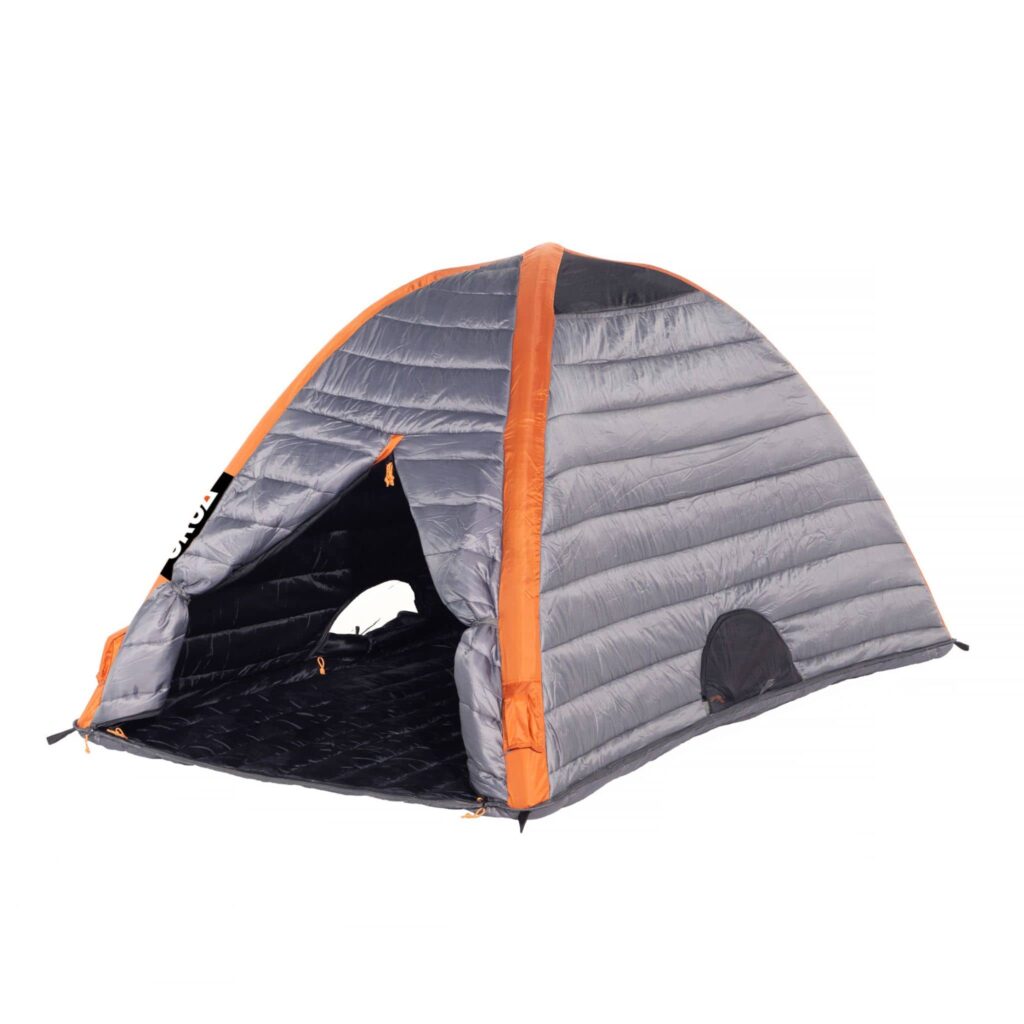
SPEC:
- Package weight: 15.4 lb
- Dimensions: 6.8 feet long, 4.4 feet wide, 4 feet high
- Capacity: 2 people
- Season: 4 seasons
- Warranty: 2 Years
- Price:$599.99
Crua is the only company on the market that offers truly insulated tents that can withstand cold weather with an R-value of 9, which means they can be used in temperatures as low as -40°F (-40°C). This is a bit heavier, which is the first thing you notice (a solid 15 pounds).
You’ll definitely want to park close to your campsite because you’ll have to carry both this and your tent. The instructions also emphasize the need for a waterproof tent, since the insulation is goose down(I think), which would lose its insulating qualities in the rain.
Set up and tear down were easier than expected. Just spread it out on the tent floor and use an air pump to inflate the two built-in air tubes (fairly quickly). Instead of the usual tent poles, these act as a frame. After that, it’s just a matter of moving it around the tent until it’s in its final position.
Once you’ve used it and know how comfortable it is, it’s hard to go back.
Gazelle T4 Hub Tent
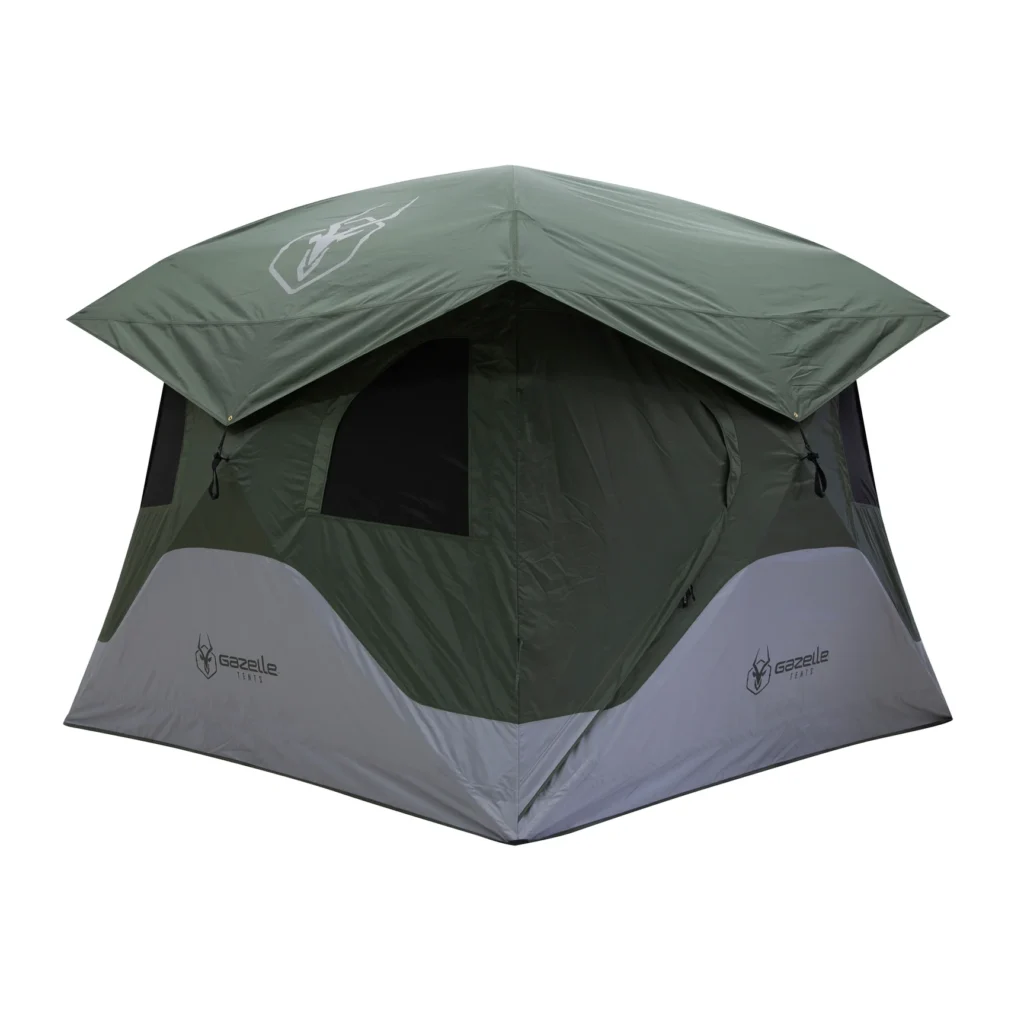
SPEC:
- Package weight: 30 lbs
- Dimensions: 7.8 feet long, 7.8 feet wide
- Capacity: 4 people
- Season: 3 seasons
- Warranty: 1 Years
- Price:$349.99
Gazelle’s tent specializes in pop-up design and utilizes hub pole construction for easy setup. The entire T4 tent can be set up in minutes.
It is a beast in inclement weather, withstanding high winds, heavy rain and hail. If you want to keep the interior insulated, you can seal the windows tightly. You can also open one of the windows to let air in, effectively reducing condensation and keeping the inside of the tent from getting stale.
Inside the tent, you’ll find a removable gear loft and plenty of pockets to store your gear. I think it’s perfect for two people and all their gear, and I’d recommend it if you don’t mind the weight.
GEERTOP Ultralight Tent
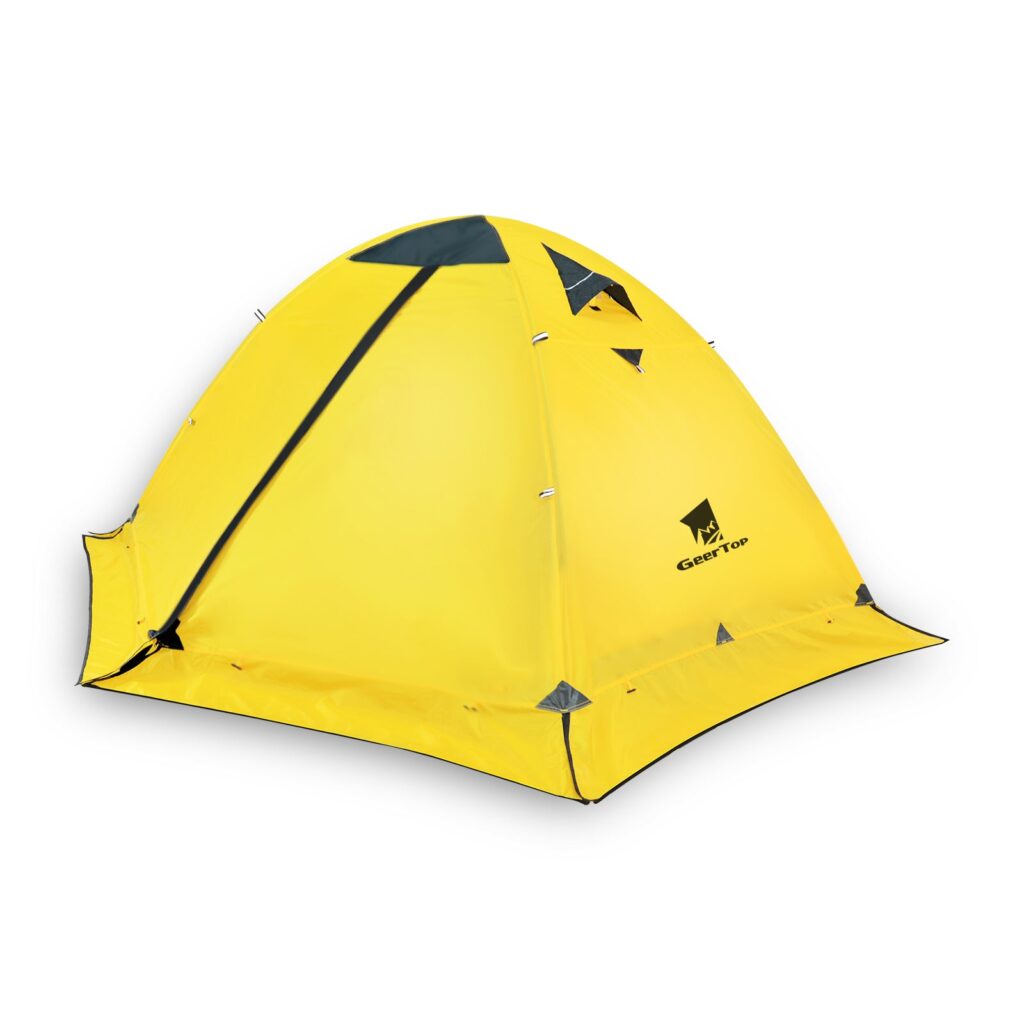
SPEC:
- Package weight: 6.8 lbs
- Dimensions: 6.8 feet long, 4.58 feet wide
- Capacity: 2 people
- Season: 4 seasons
- Price:$117.99
The double-layer construction of the GeerTop tent provides excellent insulation and makes it suitable for use in all four seasons. It is very popular for camping in both winter and summer.
The fabric is made of polyester and has a waterproof rating of PU3000mm, which is sufficient for most situations in mild to moderate weather conditions. The integrated snow skirt deflects snow and rain and keeps the ground dry. It works well in a rainy or snowy environment.
The tent’s modest weight of just 6.8 pounds makes it a great option for bike or canoe camping, as well as quick backpacking trips. In terms of cost, it is reasonable and highly competitive without sacrificing overall quality. It is a great choice if you are on a budget.
CLAM 6 Person Pop Up tent

SPEC:
- Package weight: 58 lbs
- Fishable area: 89 square feet
- Capacity: 5-6 people
- Season: 1 seasons
- Price:$547.99
Choose the CLAM 6-person pop-up tent when you need reliable winter shelter but are tired of the hassle of pitching. With its hassle-free, quick setup, you can set up and escape the elements in no time.
With an 11.5′ interior, there is plenty of room for a large group. Plus, taller campers will love the spacious 7.5′ headroom. Once you’re inside, you can relax knowing that the 60 grams of insulation per square foot of insulated skin will keep the heat in while minimizing condensation.
Don’t worry if the wind picks up; this shelter can handle it. But it’s not waterproof in heavy rain, so be sure to check the weather before you go. Since it weighs 58 pounds, it’s suitable for multi-person ice fishermen or car campers.
Having said all that, remember that this tent is designed for ice fishing. Therefore it has no floor! If you are not a fisherman, bring a tarp and a sleeping pad.
Crua Cottage 6 Person Insulated Tent
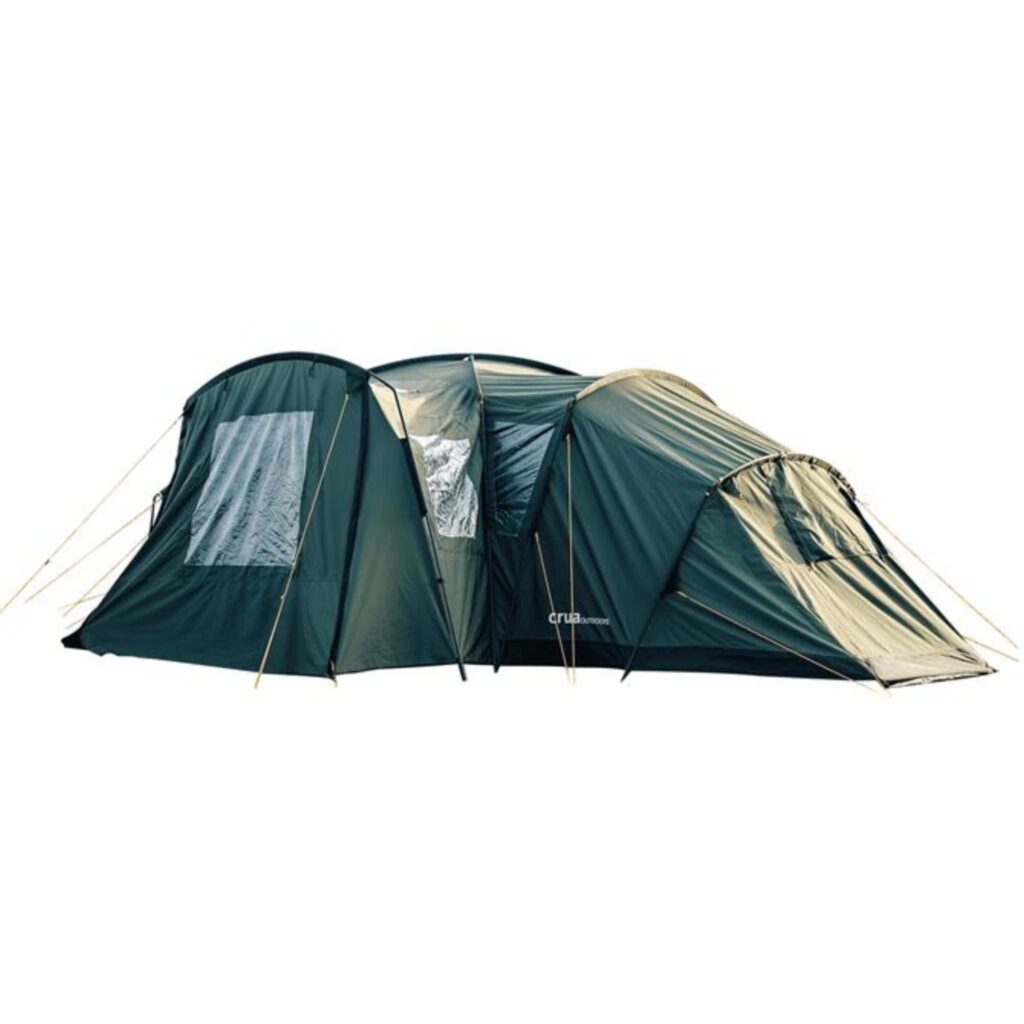
SPEC:
- Package weight: 172 lbs
- Dimensions: 8.2 ft (front) – 5.9ft (back)
- Capacity: 4-6 people
- Season: 4 seasons
- Warranty: 2 Years
- Price:$1999.99
The Crua Cottage is the first winter thermal tent that allows you to stand up completely inside and is the largest currently on the market. It has a large shared porch between the two bedrooms and can sleep up to 6 people divided between two bedrooms, each with its own insulated pod. This allows you to sit in the warmth and comfort of your insulated tent and converse with your tentmates.
This tent is one of the heaviest and largest to transport, so its weight and pack size cannot be ignored. This makes it virtually impossible to carry camping gear on your back into the woods. But if you are driving to a campsite or other favorite spot, why not?
If warmth and comfort are important to you and your family when camping, you should definitely take a look at this tent, no matter how cold it is outside.
The Best Insulated Tent Buying Guide
It can be difficult to find the information you need to make an informed purchase because insulated tents are a very niche product.
That is why we have created this buyer’s guide to help you in your search. It lists all the information you want to know when looking for an insulated tent.
Group or Single Size
How many people will be camping with you? Insulated tents can sleep at least one person, and a single-person tent typically has a floor that is about 3-4 feet wide and just over 6 feet long. This is just enough for one person to sleep on the floor, with little room to move.
However, some insulated tents can sleep up to six people.
One thing to keep in mind is that tent manufacturers often exaggerate the maximum capacity.
For example, the tent we used as an example above could probably sleep 6 people. But be careful – it might be too tight.
Insulation Required
Consider how much insulation you need. This will depend on the temperature extremes you will be camping in. As a guide, if you are planning a trip in early winter or late fall, it may not be as cold. For such a trip, you will want to consider a lightweight GEERTOP tent.
However, if you and your friends often go camping in winter, you will probably need the Crua Cottage 6-person insulated tent and still have your privacy. crua’s tent has an exclusive patented insulating material.
Weather Protection Overall
You want an insulated tent to keep you warm (or cool). But have you ever thought about weather conditions other than temperature? For example, stormy weather, so it’s wise to consider an insulated tent with weather protection.
And the Crua Outdoors Culla 2-person Thermoregulated Inner Cocoon tent is not waterproof at all. Therefore, it must be used with a tent large enough to accommodate it in order to be waterproof (the Crua Culla tent alone is only suitable for use in dry conditions).
You can also go with the Gazelle T4 Hub Tent, which can withstand bad weather and insulate at the same time. But at 30 pounds, you’ll only want to use it for car or RV camping.
Shape
Insulated tents come in a variety of shapes, but most have a low, rounded profile that allows the wind to roll off. As a result, dome tents can withstand most wind speeds. There are also hip tents, where the biggest advantage is that the walls maximize headroom so you don’t feel cramped inside the tent.
Materials
The fabric for insulated tents is usually polyester because polyester is heavier, more versatile, and more durable than nylon, especially when thicker fabrics are used.
Denier is an indication of the density of the thread, and for backpacking tents, this number is usually around 50-70D. But for insulated tents, a high denier of 100-300D is not uncommon. All of this means a tent that can withstand harsh conditions without tearing. It also helps the tent maintain a stable temperature.
There is also a special insulation filled polyester patented by Crua Outdoors. In addition to insulation, it also blocks out light and sound.
Ventilation
Any tent should always have good ventilation. In an enclosed tent, it becomes even more important.
Why? Because you’re probably camping in more challenging conditions.
When we camp in extreme heat or cold, we constantly produce condensation, which only gets worse.
That’s why it’s important to choose an insulated tent with vents.
These vents allow more air to circulate through your tent. It also reduces the amount of annoying condensation that can build up on the walls.
Purchase Conclusion
Crua tents are truly insulated tents, Since insulated tents are a relatively new idea and obviously expensive to develop, you might expect them to cost more than a typical tent. The price is actually quite fair considering its uniqueness and benefits, they are primarily aimed at the avid winter camper looking for a warmer night’s sleep.
If you are just considering buying a tent fabric that is more insulated compared to ordinary tents, then you can buy the above recommended affordable tents.
How to insulate your tent for winter camping
There are several ways to insulate your tent in the winter. You can choose from the following methods or combine them.
Pitch Your Tent in a Good Location
Pitch your tent regardless of the direction of the wind. If possible, try to set up camp near some trees or other windbreak.
If there are no surrounding trees or other sources of cover, pitch your tent up so that the wind blows around it, not directly at it. If you are camping in a valley, make sure there are no low areas where cold air can collect and affect your tent.
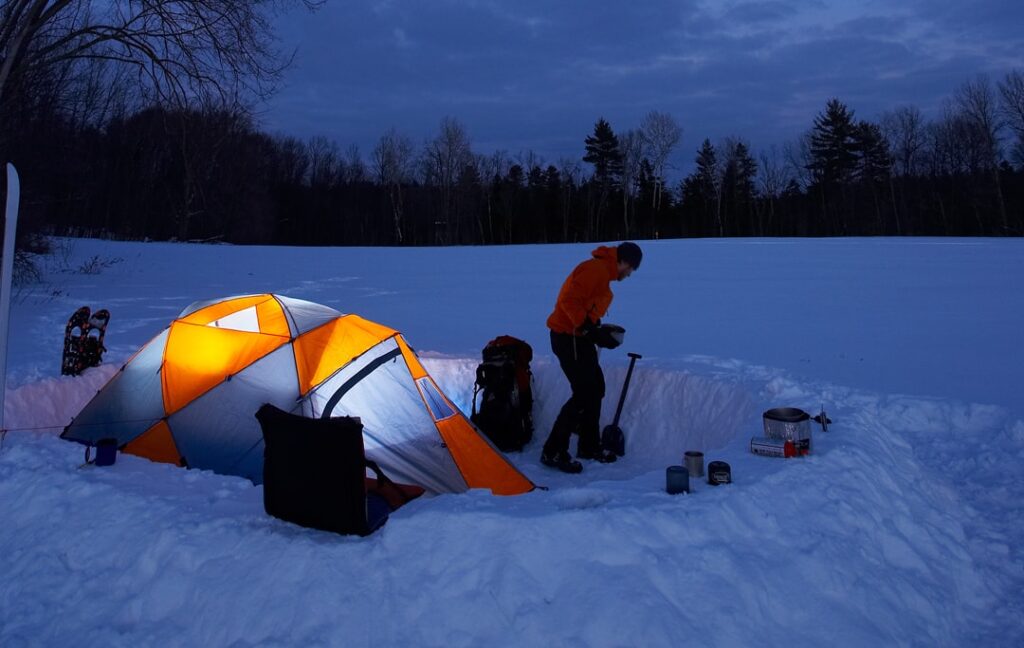
Choose a winter tent or a special insulated tent
You’ll want to choose a tent designed for winter camping (or a Crua Insulated tent), with features like thicker fabric, fewer mesh panels, and a sturdier frame to withstand heavy snow and wind.
Using a tent heater
If you’re going camping where the weather drops below freezing, invest in a tent warmer. Most camping supply stores and some regular hardware stores sell tent heaters that are inexpensive and will keep you toasty all night long.
If you don’t already have a tent heater, pick up a couple of battery-powered space heaters. They are also affordable and will help you retain body heat; you can find them at most hardware and camping stores.
Using the footprint
Use a footprint to protect the underside of your shelter from damage when camping on hard ground such as sand or mud, or in a snowy area. It can extend the life of your tent by several years.
In addition, it can protect your tent from the cold ground and ice conditions if you are camping in the winter. When it rains, you can use it as a waterproof cover between the ground and the bottom of your tent to keep water out.
Try to insulate the ground
You lose most of your body heat on the cold ground. For insulation, a softer mattress, and a more comfortable sleeping position, you can cover the ground with a camping pad, wool blanket, or even a sheepskin blanket. To increase the warmth of your sleeping bag, avoid placing sleeping pads inside. If you are using a Crua Insulated tent, there is no need to insulate the floor because it already has a ground mat.
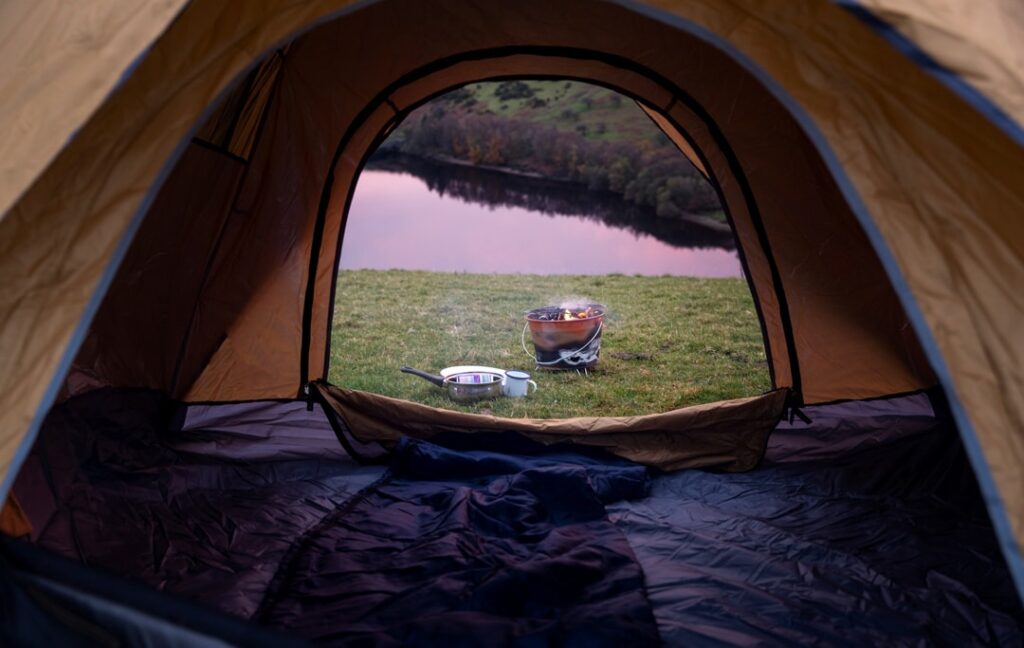
Internal insulation of the tent
Adding a layer of insulation to the tent walls can help keep cold air out and warm air in. Some campers use thermal blankets or space blankets to line the inside of their tents. You can also hang heavy blankets or quilts on the walls of your tent to create an extra barrier against the cold.

Tent top covered with camping tarp
Cover the top of your tent with a camping tarp, which will keep out rain and snow and trap warm air to improve the temperature inside your tent.

Remember, the key to staying warm when camping in the winter is to create a barrier between you and the cold air. With the right gear and a little know-how, you can enjoy a comfortable winter camping trip.
Can use the insulation tent in summer
We were surprised at how cool insulated winter tents can be in the summer. It is actually cooler inside an insulated tent with the door open in direct sunlight than it is inside a 2-3 season tent, which can feel more like a greenhouse. Although it works much better than you might expect, we are not saying that it feels comfortable and cool inside.
How to insulate a tent for summer
To keep your tent cool on hot days and prevent heat from escaping inside, you should insulate it during the summer.
Using reflective insulation is an effective summer tent insulation technique. By reflecting heat and light, reflective insulation keeps your tent cooler during the day. It can be applied to the inside of your tent or used to cover the top and sides of your tent. Another option is to place a tarp or shade cloth between your tent and the sun. This will keep your tent cooler by blocking direct sunlight.
A portable fan can also be used to move the air inside your tent and create a refreshing breeze.
Conclusion
We hope you find this Insulated Tent Guide useful and that it will keep you warm and comfortable in hot or cold weather.

